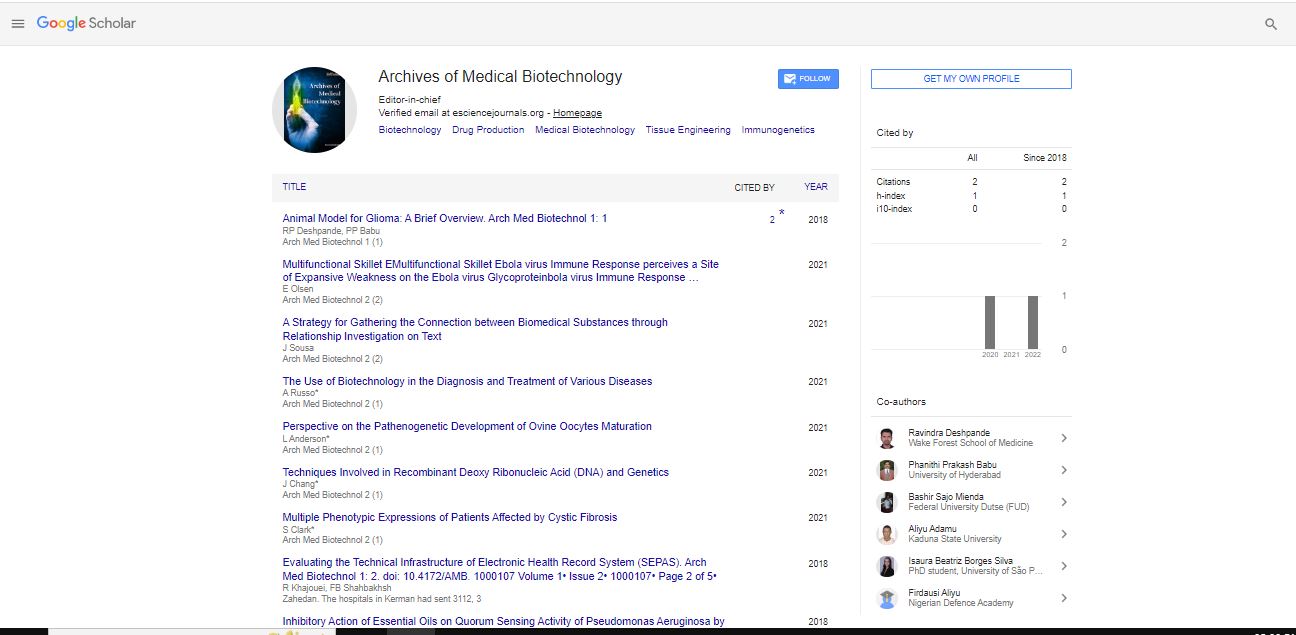Optimizing flax raw products for tomorrows uses
Jan Szopa
University of Wroclaw, Poland
: Arch Med Biotechnol
Abstract
Flax is a dual-purpose plant providing the fiber and oil. The principal use of fiber was for textiles manufacturing and oil for paints and varnishes. However, in the last decades devaluation of flax fiber in the world has been observed due to hardships associated with flax cultivation and processing, some disadvantages of flax fiber (poor elasticity, unpredictable quality) properties together with the appearance of cotton and synthetic fibers on the market. Recently, due to research findings the flax raw material appears to provide a variety of industrial and health benefits. For example manipulation of flavonoid genes (e.g. CHS, CHI, DFR, GT) expression significantly increases antioxidant potential and thus oil stability against oxidation and fatty acids composition. Squalene accumulation (potent anticancer agent) was increased by silencing carotene synthesis. Unique flax fiber was obtained, by co- synthesis of polyhydroxybutyrate (PHB) with cellulose during fiber development. The PHB-fiber embedded in polylactide may serve as a scaffold for tissue engineering and has been shown to be useful as biodegradable implant. The unique application of flax product has been shown in chronic wound healing. Pre-clinical study revealed healing improvement of chronic ulcers upon treatment with wound dressing based on new fibers strengthened by supplementation with activators derived from refined seed extract.
Biography
Szopa Jan has been serving as the Professor since1987. He has received MSc in 1969, PhD in 1972, DSc in 1977 and fellow of Humboldt Foundation (1978-1980, 1982-1983), Max-Planck Gesellschaft (1994-2004) and French Government (2001, 2002). He is the Founder and Head of Linum Foundation, Co-Founder & Editor of Cellular and Molecular Biology Letters and also a member of Editorial Board of Plant Physiology and Biochemistry. His research interests focuses on plant metabolism, transgenic potato and flax plants, chromatin arrangement, plant fibers and natural compounds. He has been the author and co-author of over 160 original publications.
E-mail: szopa@ibmb.uni.wroc.pl
 Spanish
Spanish  Chinese
Chinese  Russian
Russian  German
German  French
French  Japanese
Japanese  Portuguese
Portuguese  Hindi
Hindi 